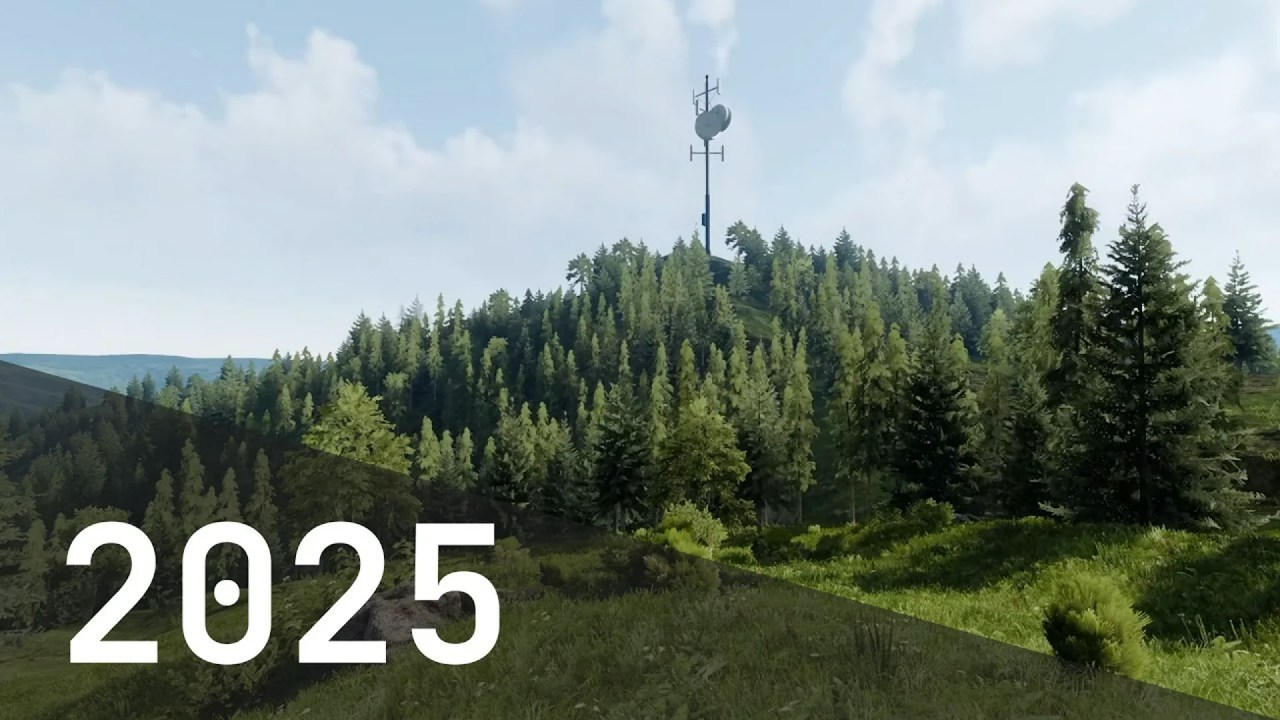The latest iCity 1.5 update streamlines exporting 3D scenes from Blender to Unreal Engine. This tutorial covers improvements, including faster exports, asset handling, and material setups, perfect for game developers and 3D artists.
The process of transferring 3D scenes from Blender to Unreal Engine just got a whole lot smoother, thanks to the iCity 1.5 update. This update focuses on streamlining the export process, making it easier than ever to bring your urban environments and other 3D creations into Unreal Engine. Whether you’re designing a sprawling cityscape or a detailed driving simulator, iCity 1.5 aims to keep your workflow efficient and your projects looking their best.
Video via iCity
What’s New in iCity 1.5?
In their latest video, the team at iCity walks viewers through the key improvements and features included in version 1.5. This update addresses previous export issues and introduces performance enhancements that significantly speed up the transfer of your 3D scenes.
One of the most notable improvements is the optimized export system. According to the tutorial, version 1.5 offers substantial performance boosts, leading to faster export times. This means less waiting and more creating, a welcome change for any 3D artist.
Understanding Asset Types
Before diving into the export process, the video highlights the different asset types within a typical iCity project, including roads, parks, and buildings. Understanding these distinctions is crucial for organizing and optimizing your scene for Unreal Engine. iCity 1.5 is designed to handle these various asset types, ensuring they’re correctly transferred and displayed in Unreal Engine.
Export Settings Walkthrough
The tutorial provides a detailed walkthrough of the export settings panel. Here are some of the key options and features covered:
- Join Meshes: This option helps optimize your scene by combining multiple meshes into a single object, reducing draw calls and improving performance in Unreal Engine.
- Export to Unreal: This is the primary function for initiating the export process, sending your selected assets directly to your chosen location.
- File Formats: iCity 1.5 supports multiple export formats, including GLTF, FBX, and USD. Each format has its own strengths and is suitable for different use cases. The video offers guidance on choosing the right format for your project.
- Texture Settings: Proper texture handling is essential for visual fidelity. The tutorial covers how to configure texture settings to ensure your materials look their best in Unreal Engine.
- Multiple Export Support: This feature allows you to export different parts of your scene separately, giving you greater control over the import process in Unreal Engine.
Importing into Unreal Engine
Once the export is complete, the video guides you through the import process in Unreal Engine. This includes:
- Import Settings: Configuring the correct import settings is crucial for ensuring your assets are properly integrated into your Unreal Engine project.
- Material Setup: The tutorial addresses common shading issues and provides solutions for achieving the desired look for your materials.
- Collision Generation: Generating collisions is essential for creating interactive environments. The video demonstrates how to automatically generate collisions for your imported assets.
Final Touches and Testing
The final part of the tutorial demonstrates how to run your project in Unreal Engine and test the scene. This includes showcasing a driving simulation to highlight the functionality and visual quality of the imported iCity environment.
Choosing the Right Export Format
One of the critical decisions you’ll face is choosing the right export format. As explained in the video, iCity 1.5 supports GLTF, FBX, and USD. Each has its advantages:
- GLTF: Known for its efficiency and widespread support, GLTF is a good choice for web-based applications and real-time rendering.
- FBX: A popular format for game development, FBX supports a wide range of features and is compatible with many different software packages.
- USD: Developed by Pixar, USD is designed for complex scenes and collaborative workflows, making it suitable for large-scale projects.
To learn more about these formats, check out the official GLTF documentation [External Link].
Streamlining Your Workflow
The iCity 1.5 update represents a significant step forward in simplifying the process of transferring 3D scenes between Blender and Unreal Engine. By addressing export issues, improving performance, and providing a comprehensive set of tools and settings, iCity 1.5 empowers artists and developers to create stunning urban environments with greater ease and efficiency.
Source:
iCity – Export from Blender to Unreal Engine Made Easy with iCity 1.5,– Step by Step Tutorial



